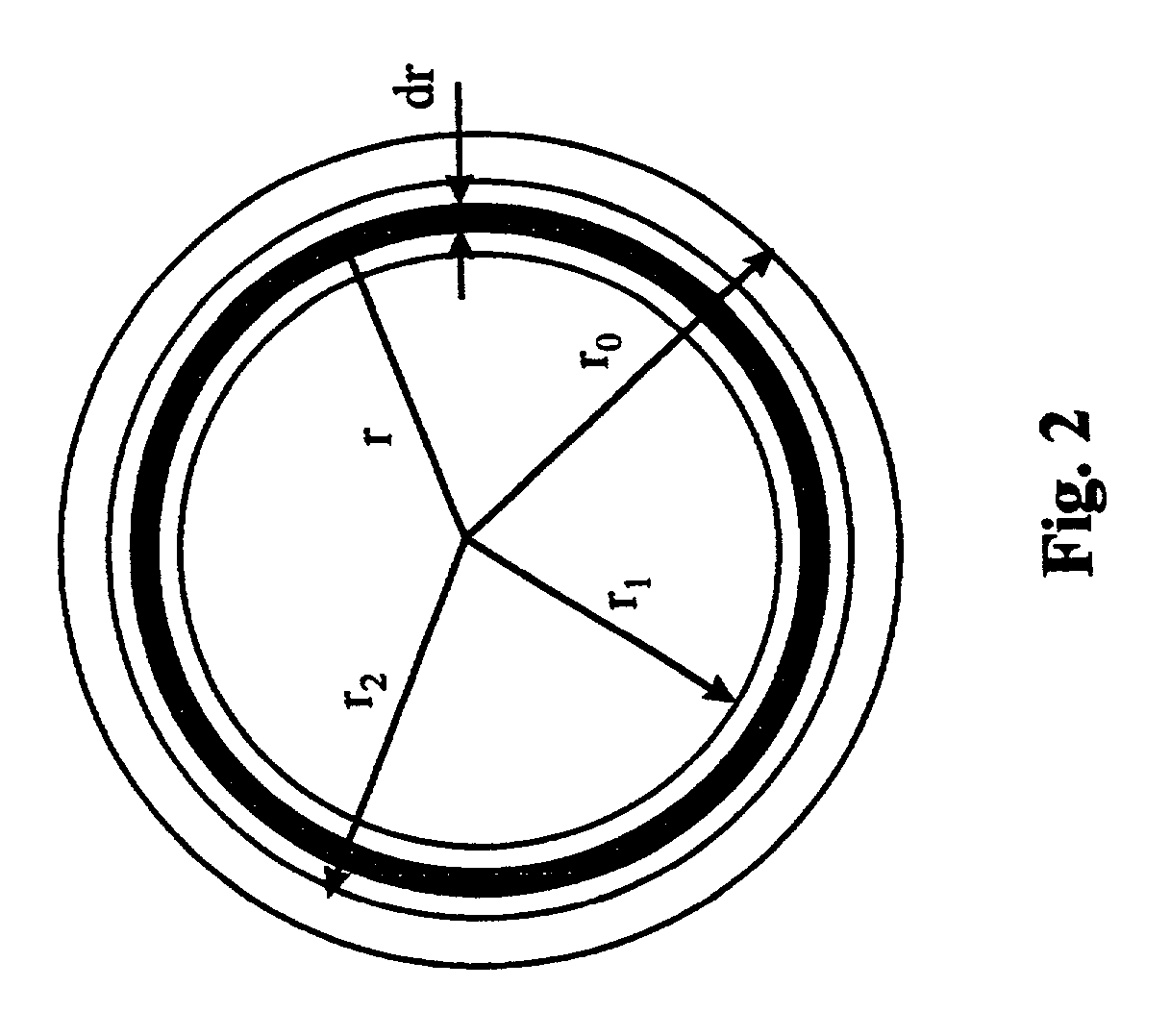Plating apparatus and method
a technology of thin film and plating method, which is applied in the direction of electrolysis process, electrolysis components, semiconductor devices, etc., can solve the problems of increasing the cost of ic fabrication, increasing the cost of pvd or cvd tools, and increasing the cost of cu seed layer
- Summary
- Abstract
- Description
- Claims
- Application Information
AI Technical Summary
Benefits of technology
Problems solved by technology
Method used
Image
Examples
second embodiment
[0109] FIG. 13A is a plan view of a portion of a plating apparatus in accordance with the invention.
[0110] FIG. 13B is a view, partly in cross section, taken along the line 13B-13B in FIG. 13A, and partly in block diagram form, of the second embodiment of a plating apparatus in accordance with the invention.
third embodiment
[0111] FIG. 14A is a plan view of a portion of a plating apparatus in accordance with the invention.
[0112] FIG. 14B is a view, partly in cross section, taken along the line 14B-14B in FIG. 14A, and partly in block diagram form, of the third embodiment of a plating apparatus in accordance with the invention.
fourth embodiment
[0113] FIG. 15A is a plan view of a portion of a plating apparatus in accordance with the invention.
[0114] FIG. 15B is a view, partly in cross section, taken along the line 15B-15B in FIG. 15A, and partly in block diagram form, of the fourth embodiment of a plating apparatus in accordance with the invention.
PUM
| Property | Measurement | Unit |
|---|---|---|
| tilting angle | aaaaa | aaaaa |
| temperatures | aaaaa | aaaaa |
| size | aaaaa | aaaaa |
Abstract
Description
Claims
Application Information
 Login to View More
Login to View More - R&D
- Intellectual Property
- Life Sciences
- Materials
- Tech Scout
- Unparalleled Data Quality
- Higher Quality Content
- 60% Fewer Hallucinations
Browse by: Latest US Patents, China's latest patents, Technical Efficacy Thesaurus, Application Domain, Technology Topic, Popular Technical Reports.
© 2025 PatSnap. All rights reserved.Legal|Privacy policy|Modern Slavery Act Transparency Statement|Sitemap|About US| Contact US: help@patsnap.com



